
Here’s what attracted us to the tour:


5th October 2024: Portsmouth Harbour then at Sea
Portsmouth is a port city and naval base on England’s south coast, mostly spread across Portsea Island. It’s known for its maritime heritage and Portsmouth Historic Dockyard. The dockyard is home to the interactive National Museum of the Royal Navy, the wooden warship HMS Victory, where Nelson died in the Battle of Trafalgar, and HMS Warrior 1860. The Tudor ship Mary Rose is also conserved in a dockyard museum.
We were picked up from home and taken to Portsmouth Harbour where we boarded SAGA’s ‘Spirit of Discovery’






Sunday 6th October: At Sea
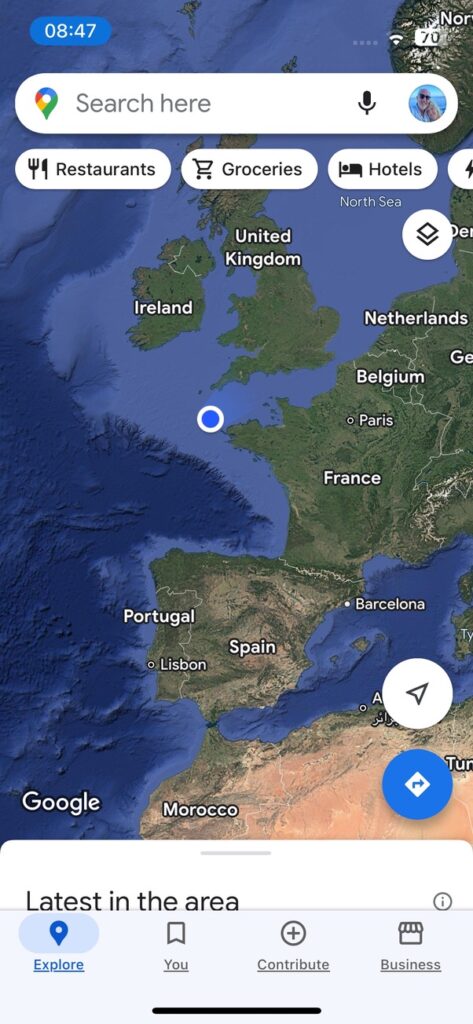
Monday 7th October: At Sea

Tuesday 8th October: At Sea





Wednesday 9th October: Gibraltar
Arrive 0800. Depart 1700.
Watching over the entrance to the Mediterranean, stands the unmistakable limestone Rock of Gibraltar. At its base lies Gibraltar which is connected to the end of the Iberian Peninsula by a sandy isthmus and offers an intriguing blend of British and Spanish culture.
Gibraltar’s Palladian architecture and typically British sights, such as red pillar boxes and familiar highstreet chains, make it clear this is British Territory.
From the top of the Rock you can look out over two continents: Africa lies just 13 miles to the south, whilst Europe stretches to the north.
We decided upon the Dolphin Watch Excursion.
After departing from our ship, we took a short drive to the ‘Dolphin World’ pleasure cruiser.


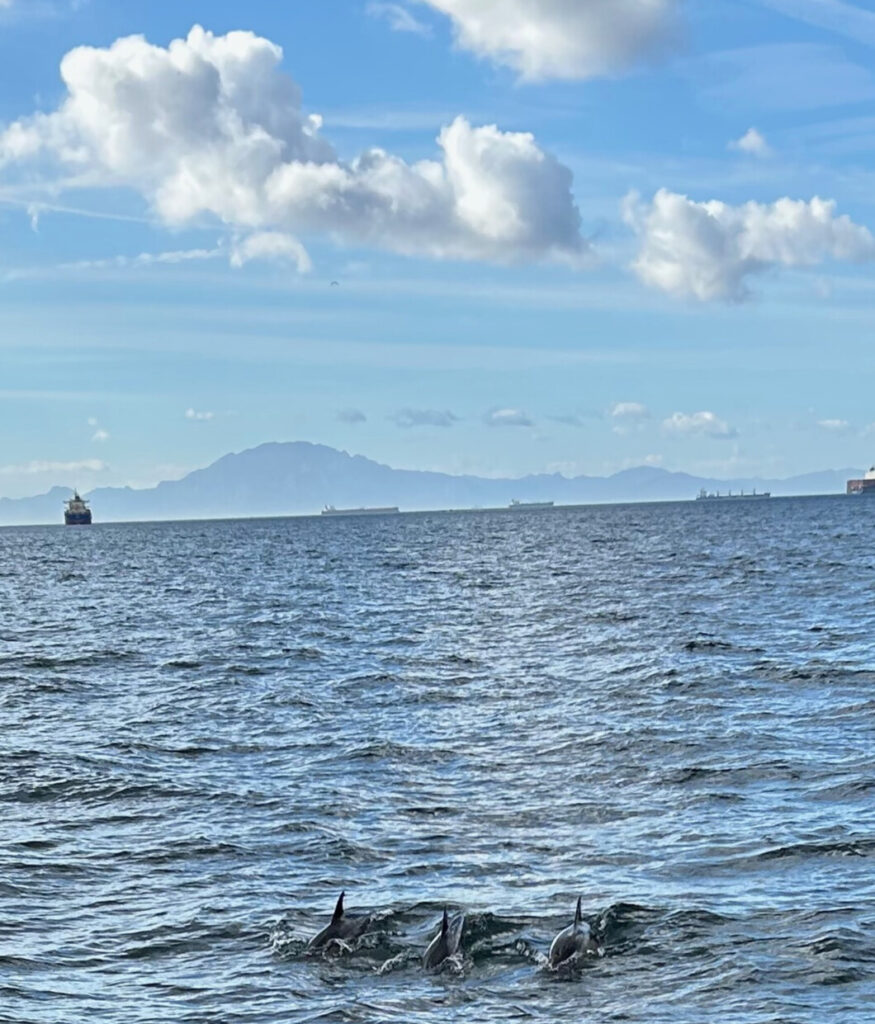
Then, after setting off into the bay, we learnt about the history of this tiny colony, and were given an insight into the marine life of the bay with a running commentary from our guide.


If you have just over two minutes to spare take a look at the video above. It illustrates the challenges that the Pilot, having guided the ship out of Gibraltar’s bay, faced in leaving the ship. Look closely and you’ll see sailor on the Pilots boat come out from the rear and go to the front in preparation for grabbing the Pilot.
He then disappears from view, grabs the Pilot, and they then both wave to accompanying cheers!
Its cute the way his boat said goodbye to Discovery who of course responded!
Thursday 10th October: At sea




Friday 11th October: At sea



Saturday 12th October : La Goulette (for Tunis), Tunisia
La Goulette (for Tunis), Tunisia Arrive 0800. Depart 1600.





Tunis, the colourful capital of North Africa’s smallest country. A fusion of Berber and Arab cultures can be seen in the UNESCO-listed medina which was founded in the 8th century.
Its labyrinthine alleyways contain some 700 monuments, including mosques, mausoleums and madrassas. The covered markets (souks) are where stallholders barter over such goods as spices, fabrics and crafts.
In the Bardo Museum, antiquities from nearby Carthage are showcased – it was once the Mediterranean’s greatest city until its destruction by the Romans during the third Punic War in 146BC.
We took an excursion to explore the ancient city of Uthina and visit the Zriba Berber Village which was a full-day tour.
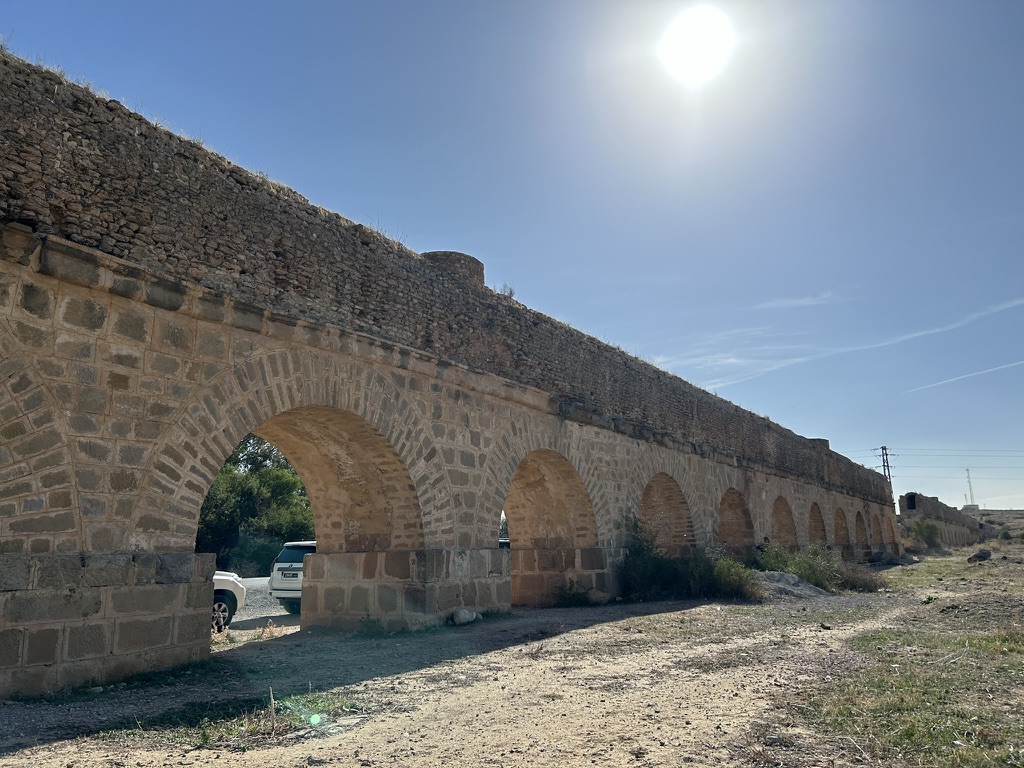

About The Zaghouan Aqueduct
The Zaghouan Aqueduct, also known as the Aqueduct of Hadrian, was a Roman aqueduct that supplied water to the ancient city of Carthage, the ruins of which can still be seen today.
The Zaghouan Aqueduct history
Built around 130 AD, during the reign of the Emperor Hadrian, the Zaghouan Aqueduct was constructed as a response to a number of years of drought which had hit the area.
The town of Zaghouan in northeastern Tunisia lies on the northern slope of Mount Zaghouan at an elevation of 4,249 feet. It was built on the ancient Roman site of Zigus. The Roman aqueduct and canal network built in the 2nd century BC under the emperor Hadrian was used to bring water more than 80 miles from Zaghouan to Carthage.
Zaghouan Aqueduct is one of the best-preserved Roman aqueducts among the hundreds built throughout Europe and North Africa.
Over the centuries, the aqueducts endured attack and abandonment followed by restoration and revaluation. The two destructive attacks were that of the Vandals in the 5th century and that of the Hilalians in the 13th century.
The aqueduct continued to function until at least the end of the Vandals (536 AD). It is believed that during the Byzantine period, which was marked by frequent political unrest and insecurity in the rural areas, the aqueduct began to deteriorate, though without going completely out of service.
More than six centuries later, Sultan Hafsid, gave new life to the aqueduct by making the necessary refurbishment from 1250 to 1267, to link it with the new construction, at the Kasbah of Tunis which run through the gardens of Ras-al-Tabia, of Bardo and Rabta

The excursion starts with a one-hour 4×4 drive to the archeological site of Uthina. Little is known about Uthina, but the city housed one of North Africa’s largest Roman amphitheatres, used during the city’s 2nd-century heyday, and it’s still the biggest draw for today’s traveller. Enjoy a guided walk inside the archeological site and visit the restored Hadrian-era amphitheatre, which was dug into the hillside and could hold around 16,000 spectators.

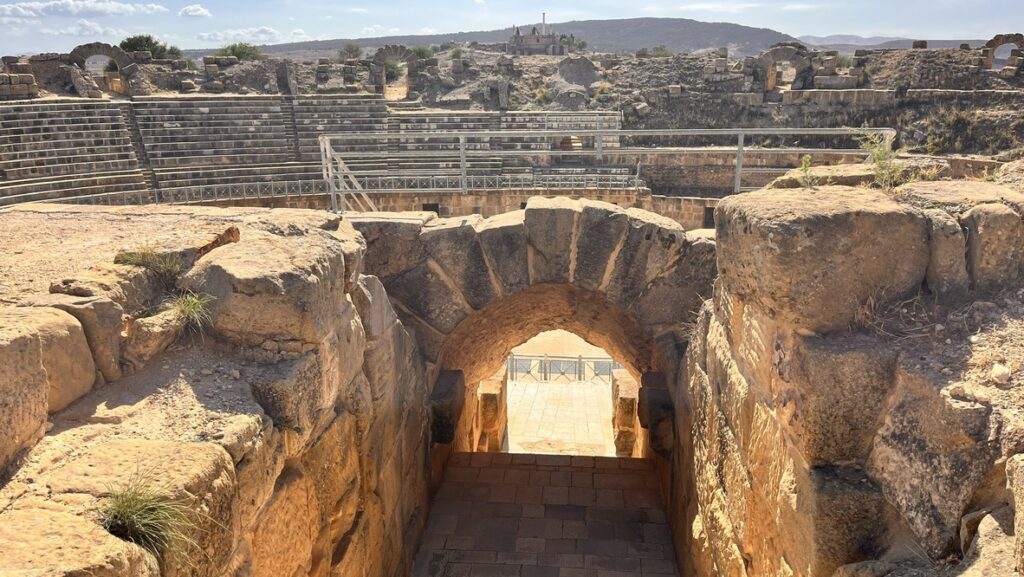










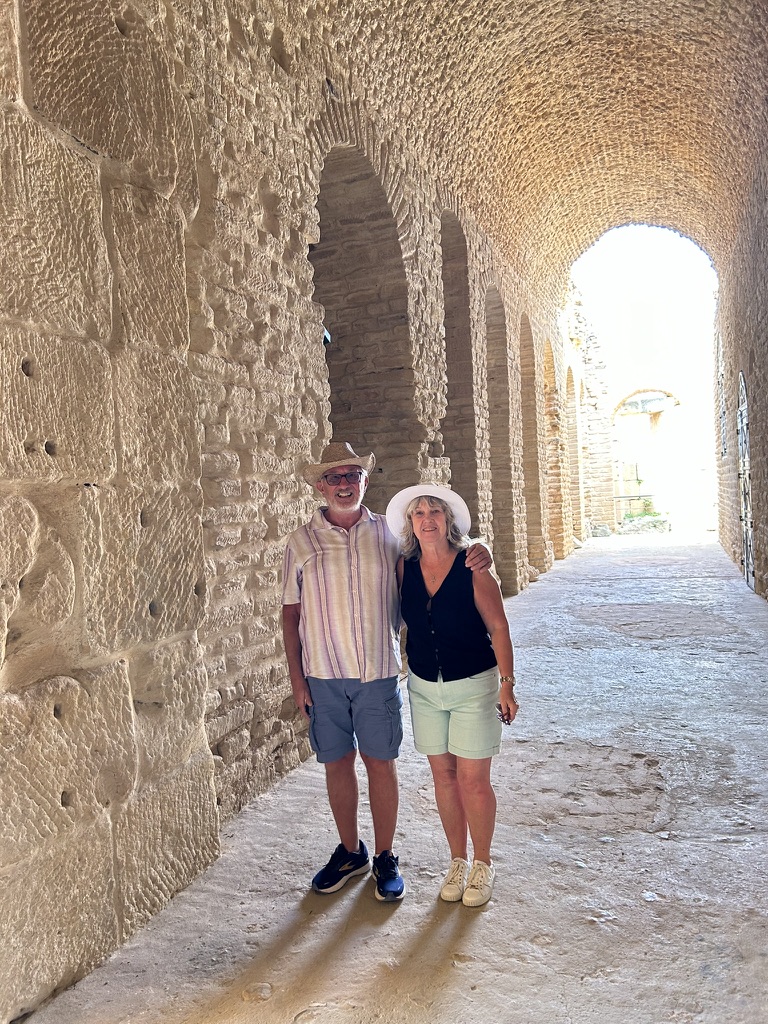
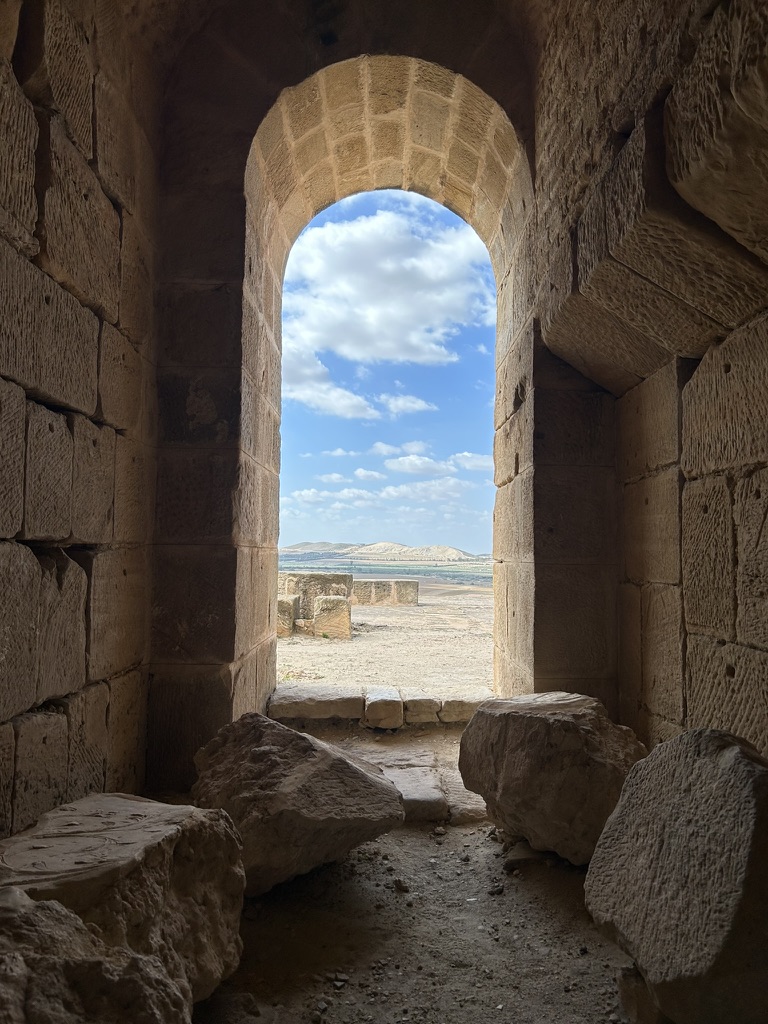












You’ll also see the grand Capitole, pinned down on one side by five partially reconstructed columns, and the baths of the Laberii, which take their name from an inscription found on a mosaic of Orpheus, now in the Bardo Museum in Tunis. The nearby Fishing Angels Baths still features a fine semi-circular wall mosaic depicting cherubs casting nets into a fish-laden stream. Next, reboard your 4×4 vehicle and drive to Zriba Olia, an abandoned Berber village, built in the 17th century, and abandoned in the 1960s. On arrival, you can explore the ruined buildings, before enjoying a traditional Berber lunch. Afterwards, rejoin your 4×4 vehicle for the return one-and-a-quarter hour drive to the pier.
Sunday 13th October: Trapani, Sicily
Arrive 0800. Depart 1700.
Trapani has a small but bustling port. Located at the eastern end of the port is The Dovecote, an offshore medieval fortress, and at the far end of the western coast is the Torre di Ligny. In the heart of the city’s historic centre, on one of the watchtowers, is the city’s oldest gate with its 16th-century astronomical clock. The maze of streets are characterised by monuments, ancient churches and elaborate gold-stone palaces.


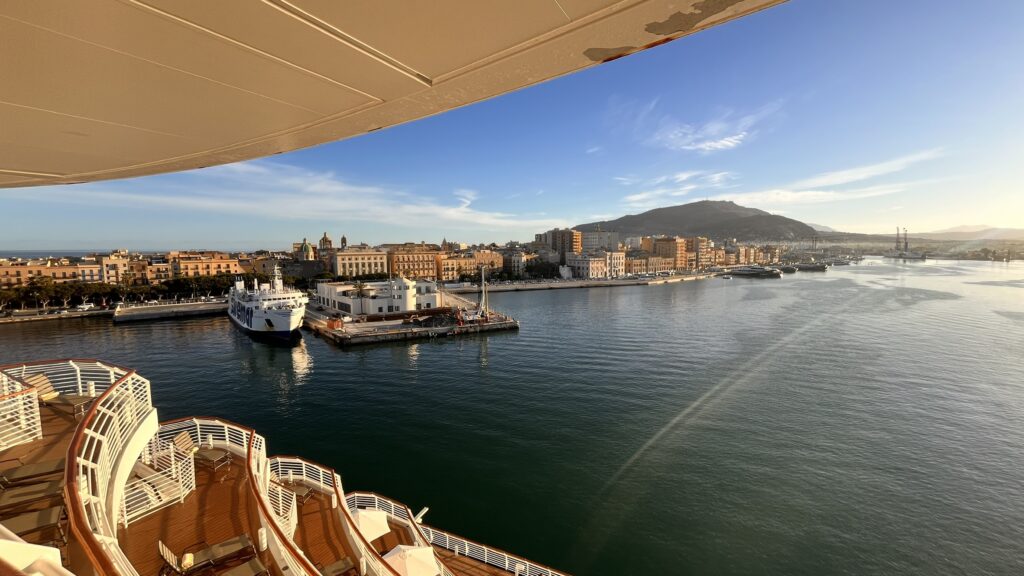



The Archaeological Site of Selinunte The ruins of Selinunte, Sicily Excursion. We visited the archaeological site of Selinunte on a guided tour and enjoyed some time at leisure. Leaving Trapani, travel along the highway to Selinunte to discover the remains of a city founded by the Greeks in the mid-7th century. The vast Archaeological park of Selinunte features numerous temples, altars and sanctuaries set within 1,740 square kilometres. Your visit will also reveal the ‘Eastern Hill’, home to the remains of three impressive temples. With your guide, learn about this temple trio and their history. There are numerous archaeological finds preserved in the park, some of which are displayed inside the Baglio Florio, a small museum. The remarkable remains of the Y temple are evidence of the oldest Doric architecture. After your guided visit, enjoy some time at leisure before returning to Trapani. Duration – 4 hours 30 minutes Walking grade – Moderate Activity Please note: The visit to Selinunte, of approximately one-and-three-quarter hours, is entirely on foot with up to three-quarters-of-a-mile of walking over uneven terrain and periods of standing, and limited time to sit. There are some steps at the Temples and some uphill paths. Walking during time at leisure is at your discretion. The drive to and from Selinunte is approximately one hour. We recommend that you wear flat walking shoes.






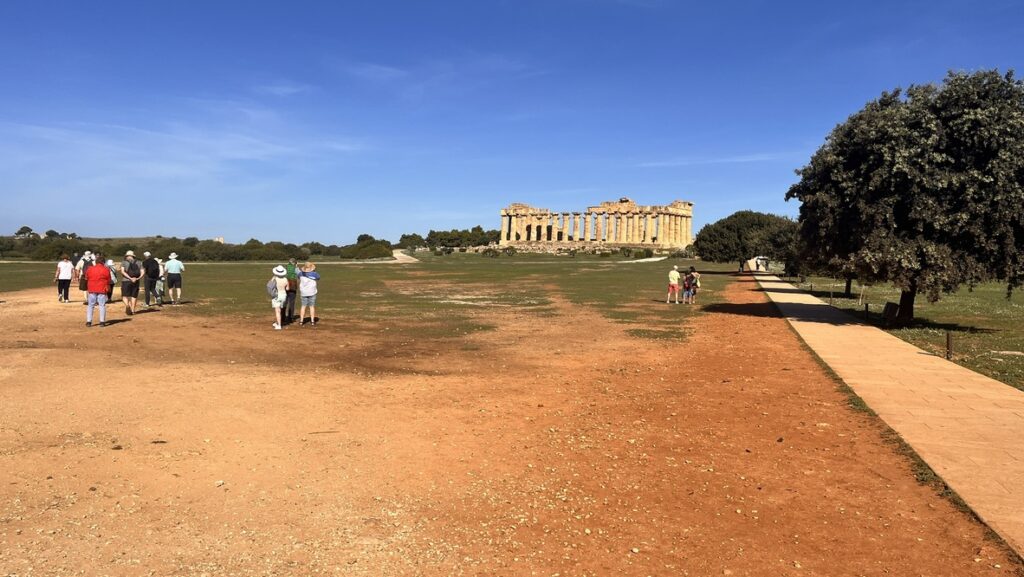








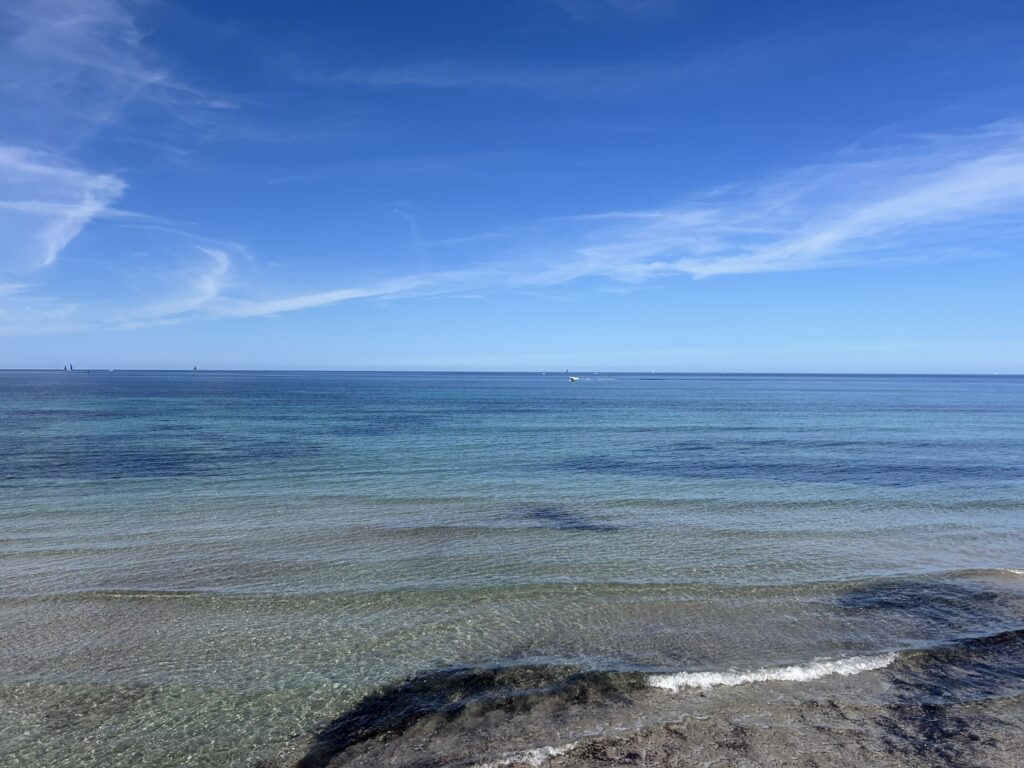














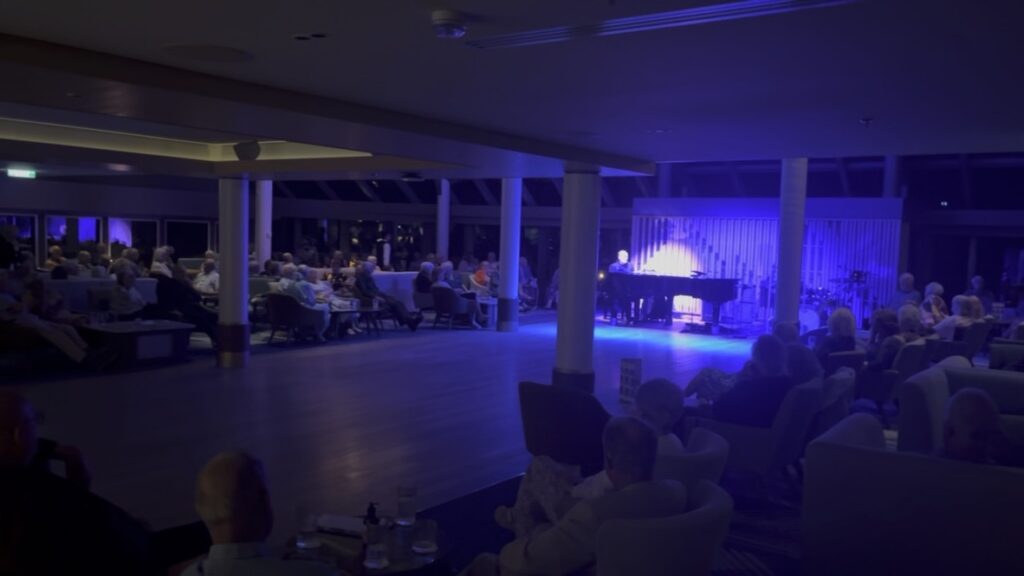
Monday 14th October: Valletta, Malta
Arrive 0800. Depart 1700. Cruise into the Grand Harbour of Valletta, which is overlooked by forts built by the Knights of St John in the 16th century. The surrounding UNESCO-listed streets exude old-world charm at every turn, and an included panoramic excursion will give you an overview of this historic capital. Option 1 – Introduction to Malta – Included Excursion A view over the Dingli Cliffs in Malta Excursion Details A choice between two included excursions is offered during your visit to Valletta – please select your place on just one of these excursions. Set off on an introductory tour of Malta where you can admire the different landscapes and see some of the island’s villages by coach, as well as enjoying a number of photo stops along the way. Leaving Valletta by coach you’ll travel towards the Blue Grotto on route to Ghar Lapsi, a seaside spot known for its clear waters and rugged coastline. Your tour continues to the Dingli Cliffs where you can enjoy a short stop and capture the view over the Mediterranean Sea. Back on the coach, head north through rural and agricultural landscapes, passing Malta’s Old Capital, Mdina and the town of Mgarr. Continue north towards St Paul’s Bay, where you have another short photo stop. Then, start to make the return journey to Valletta, with a comfort stop on route, before arriving at your ship. Duration – 3 hours Walking grade – Panoramic tour Please note: A choice between two included excursions is offered during your visit to Valletta – please select your place on just one of these excursions. This is primarily a coach-based excursion with some photo stops where walking is at your discretion. There is up to 100 yards of walking at the comfort stop. This tour may operate in a different order and some photo stops may be changed for your enjoyment. The comfort stop is approximately two hours into the excursion.



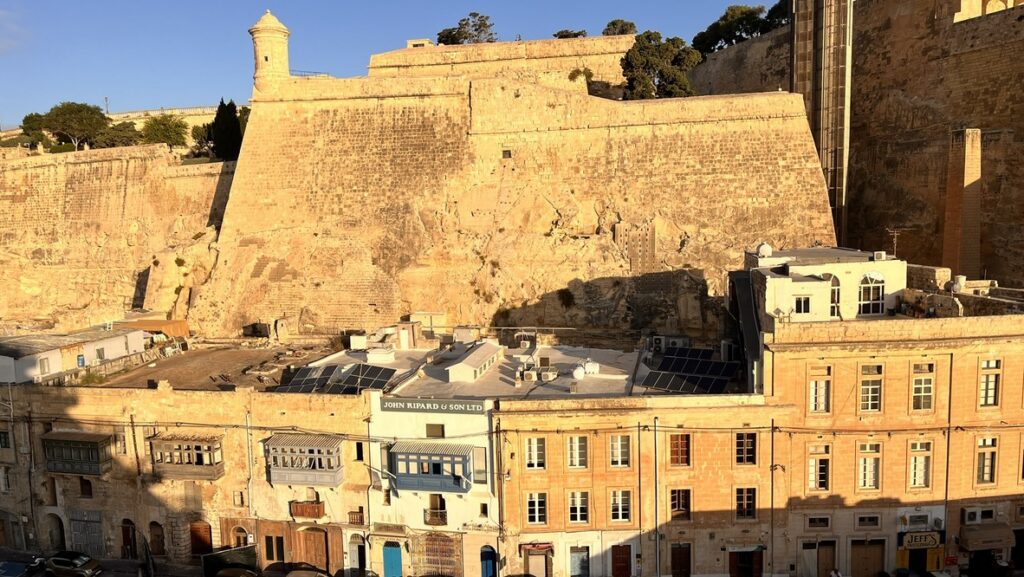






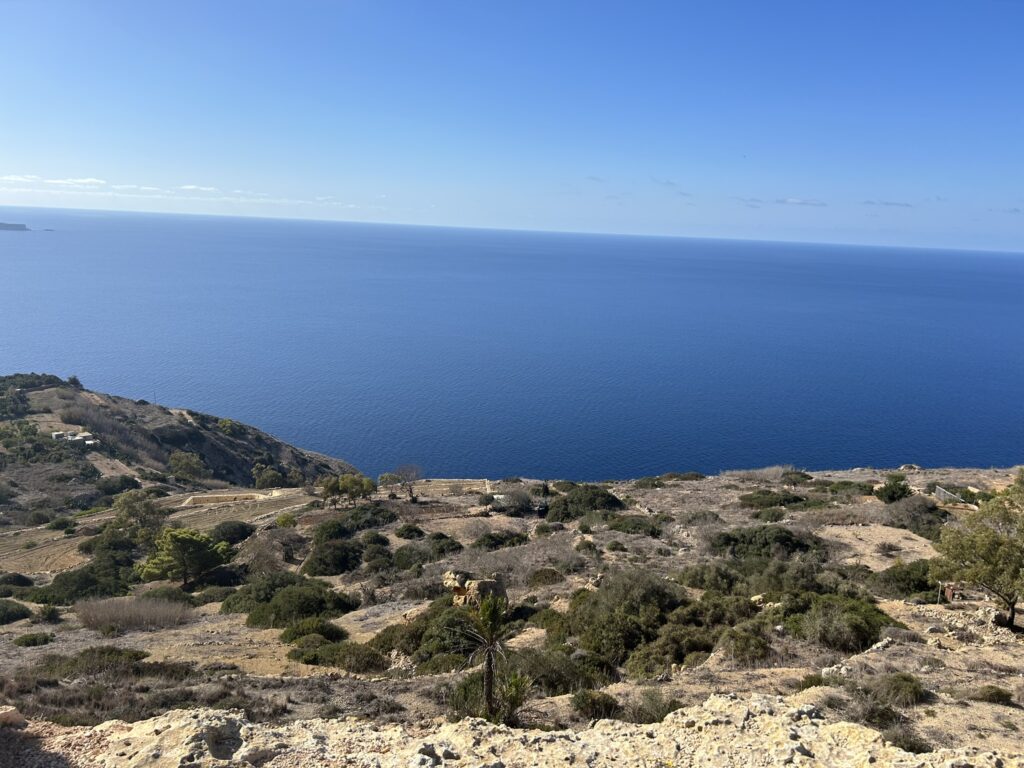






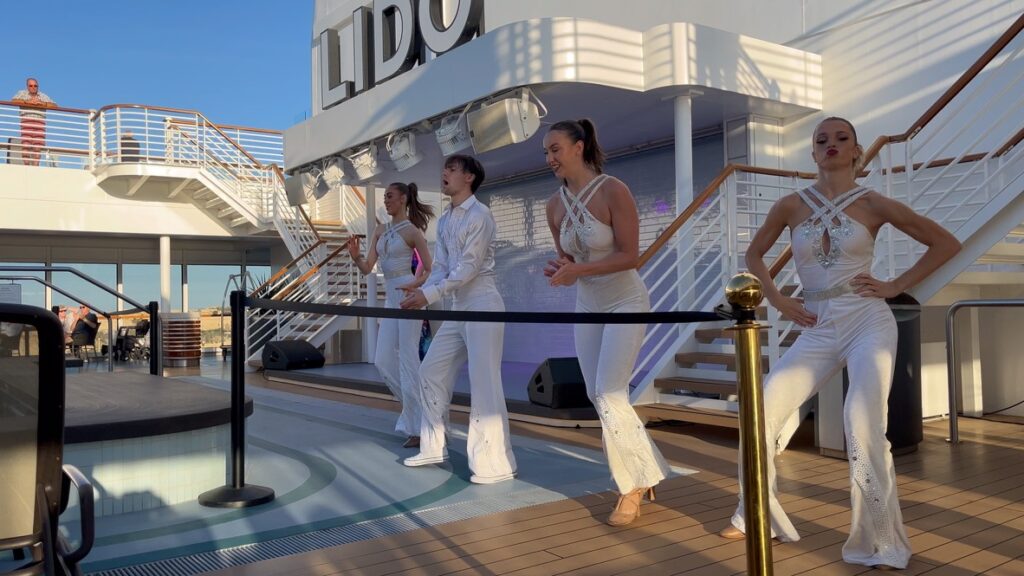


Tuesday, 15 October: Syracuse, Sicily
Arrive 0800. Depart 1700. Originally a Greek colony, home to Archimedes, Syracuse is renowned for its well-preserved ancient Greek ruins. The archaeological site in the northwest of the town showcases a theatre built to seat 15000 spectators. The historic centre of Syracuse, known as Ortygia, is set on a small island surrounded by the Ionian Sea and is connected to the mainland by three bridges. Designated a UNESCO World Heritage Site, Ortygia has an attractive piazza, Piazza Duomo, and the remains of the Temple of Apollo, a Doric structure dating from the 6th-century BC. An included panoramic excursion offers a relaxing introduction to the area. 23 miles south of Syracuse is the historic city of Noto with its Baroque architecture. Enjoy the opportunity to explore the Baroque city of Noto at your own leisure. UNESCO-listed Noto was rebuilt in the 18th century after an earthquake destroyed the town in 1693. After a 45-minute drive from Syracuse, passing through villages and almond groves you arrive in Siracusa province’s second largest town – Noto. During the drive a guide will provide information and recommendations for what to do during your free time in Noto. On arrival, walk the 400 yards to the centre of the town and then enjoy one-and-a-half hours at leisure to explore independently. Perhaps take a walk to the cathedral, browse the shops or simply relax in a local bar or cafe where you can admire the surrounding




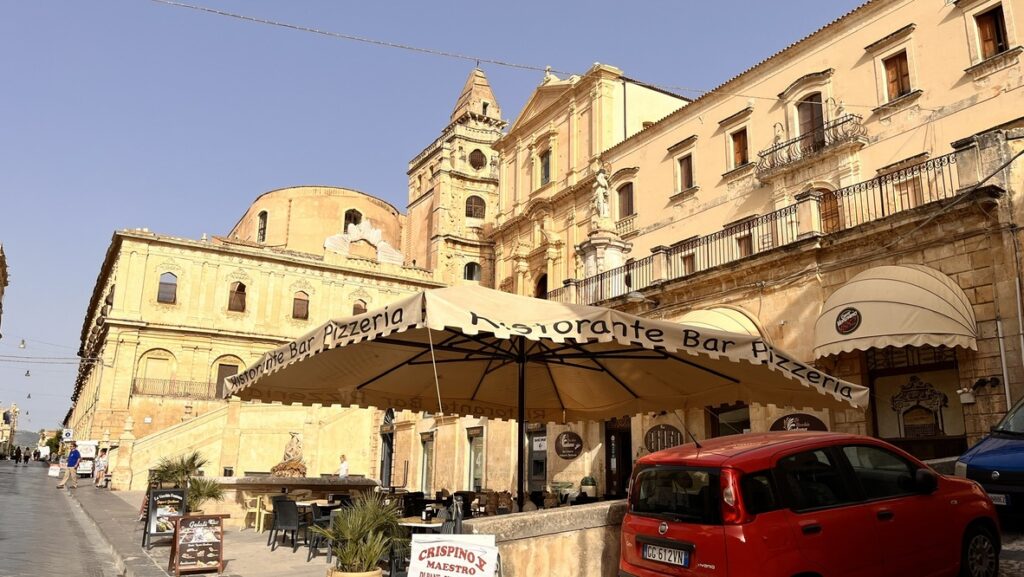
















Wednesday, 18 October: At Sea

























Thursday, 17 October: Mahon, Minorca
Arrive 0900. Depart 1700. Mahon, capital of Minorca, lies in a sheltered natural harbour. The rocky shoreline is dotted with elegant Georgian-style architecture, a throwback to its period of 18th-century British occupation. The museum in Fort Marlborough offers a look back at this era. Other attractions close by include 19th-century Mola Fortress, built to prevent the return of the British, and Far de Favaritx lighthouse. Join an included panoramic excursion for an introduction to Minorca’s history and traditions before exploring at your own pace.













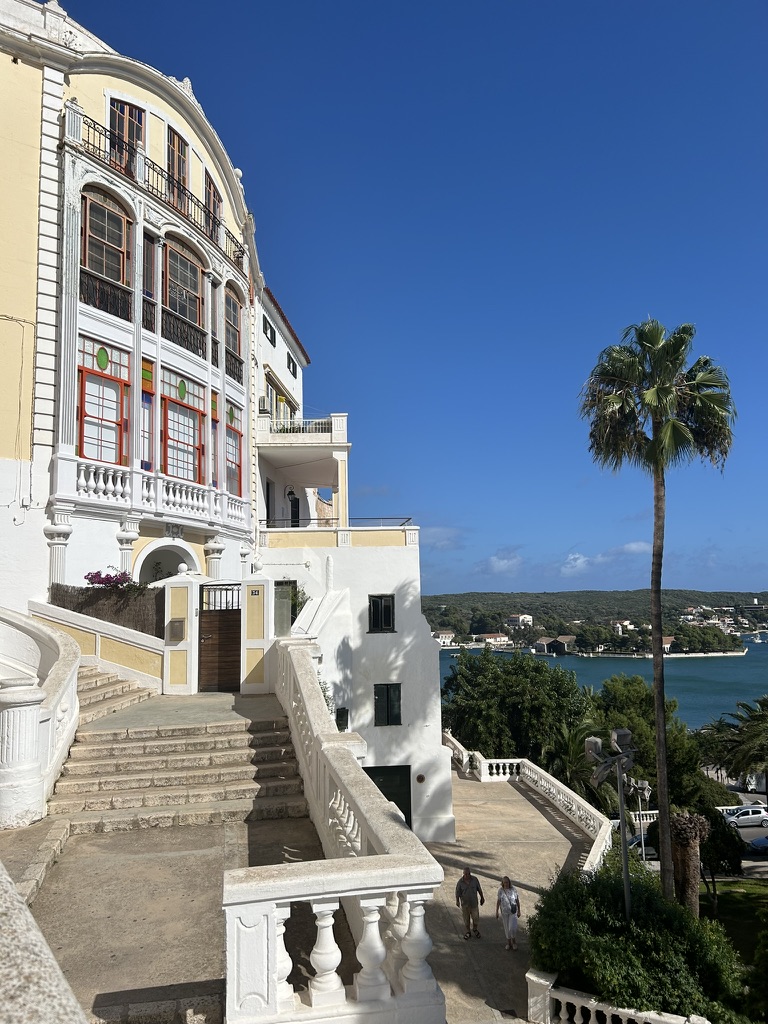















Friday, 18 October: At Sea

Saturday, 19 October: Ceuta, Spain
Arrive 0800. Depart 1700. The Iberian enclave of Ceuta is set on a peninsula that juts out from the North African coast. It combines an exotic fusion of Spanish and Moroccan culture and has many fortifications, such as the 15th-century Royal Walls, that reflect its tumultuous past. Chefchaouen, locally known as ‘The Blue City’ is a picturesque Moroccan hamlet painted in blue. Travel by coach from the coastal town of Ceuta and through the Rif mountains, to arrive in Chefchaouen, a journey of around two hours and 15 minutes. On arrival, join your guide on foot to explore the maze of azure houses, alleyways and tiled mosques. Chefchaouen was founded in 1741 and flourished with the arrival of Muslim refugees from the Spanish Reconquest. It was this conflict that made El Cid a Spanish hero and expelled the Moors from their beloved city of Granada. Spanish, Berber, Arab and Jewish quarters sit side by side in the four main districts. A winding road leads up the hill to the Place Uta el Hammam, the large square at the heart of the medina in the centre of the city. Bazaars overflowing with craftwork in leather, silk, wool, and wood are the pillars of the city’s economy and a great place to find a souvenir. Enjoy some time to explore and browse. After your time in the medina, continue to the ancient walls of the Alcazaba or the crenellated red towers of the exotic Kasbah. Your guide will take you through the Andalusian Quarter to the waterfalls of Ras el Maa, where women wash clothes and sheep’s wool, which is then carded and spun into yarn. Then, sit down to a traditional Moroccan lunch whilst folklore performers sing and dance, immersing yourself in the local culture before returning to Ceuta.






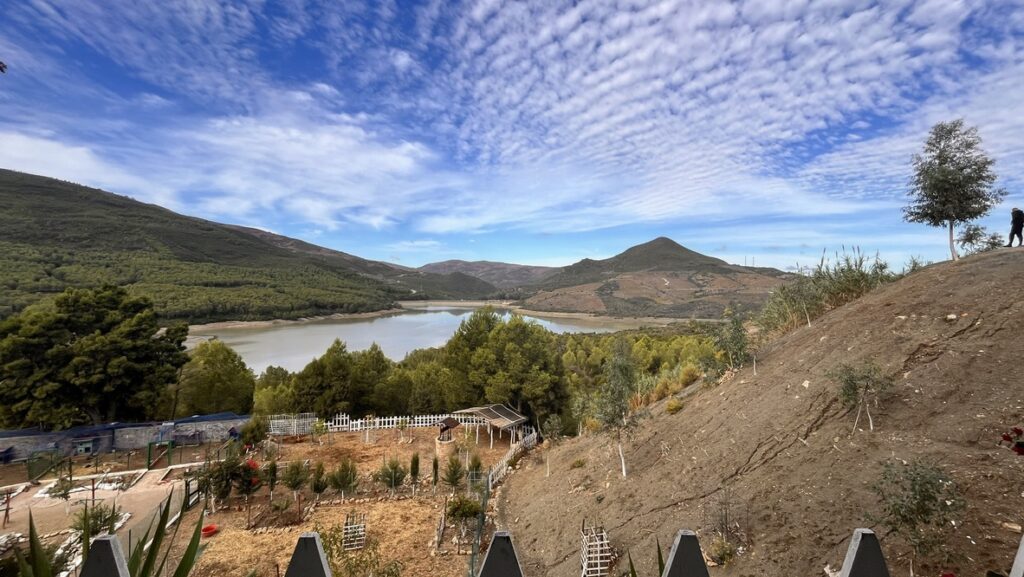












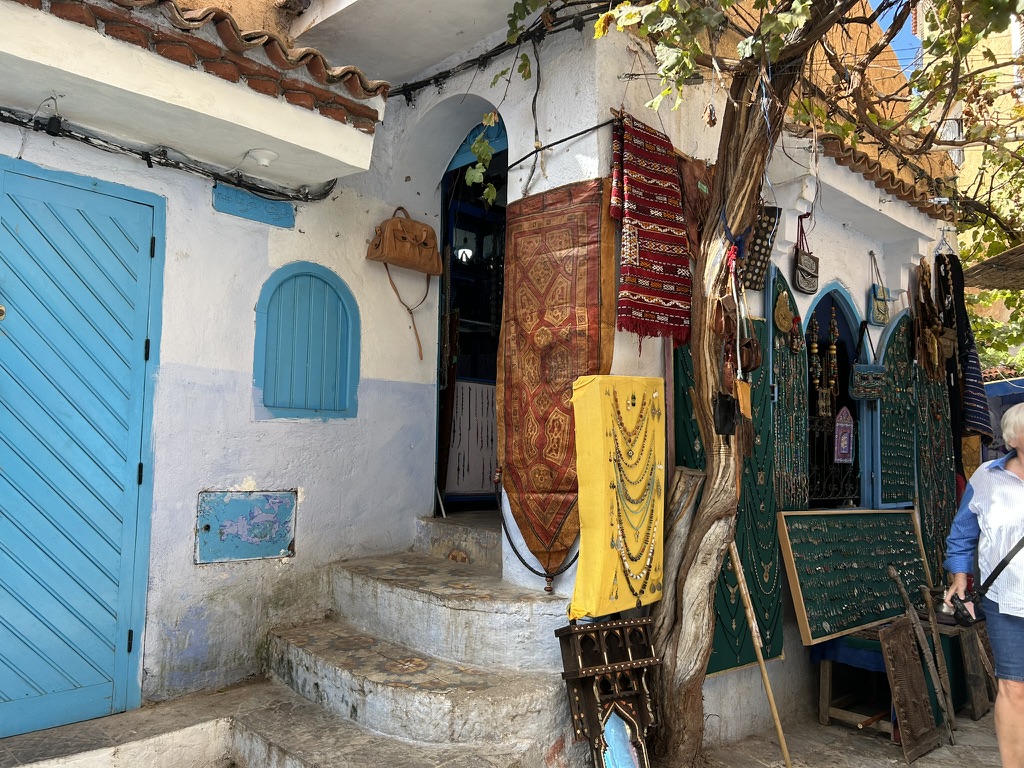



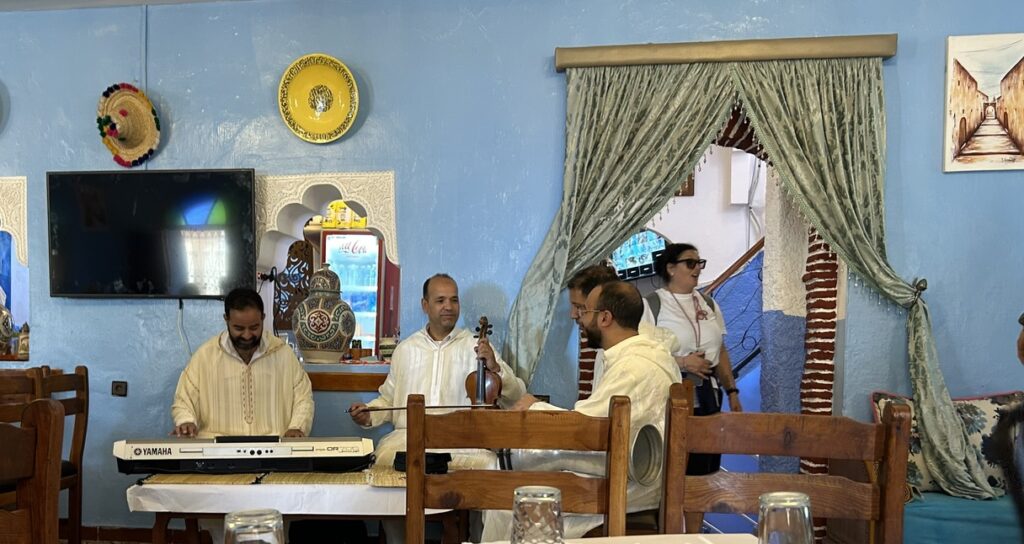
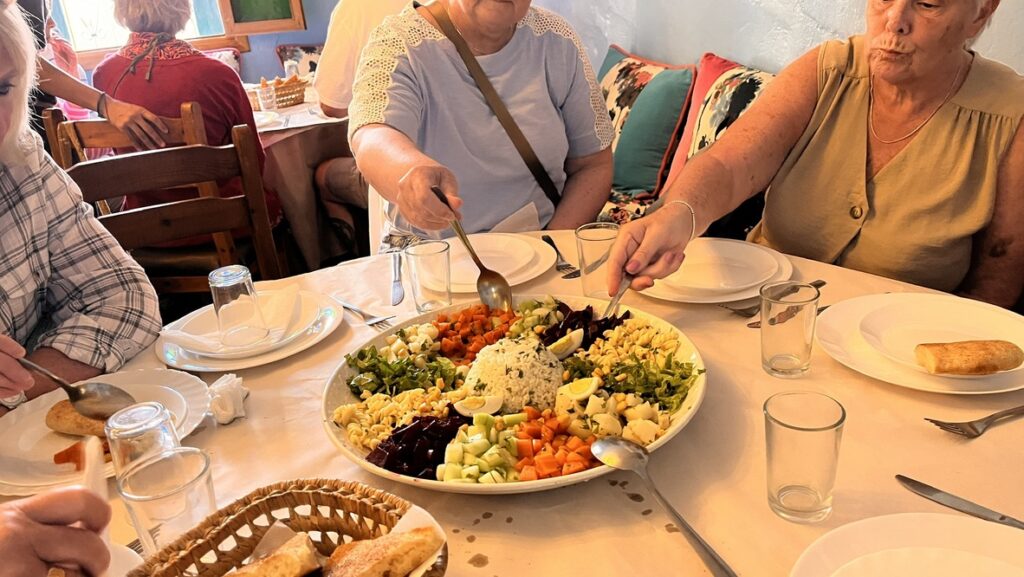
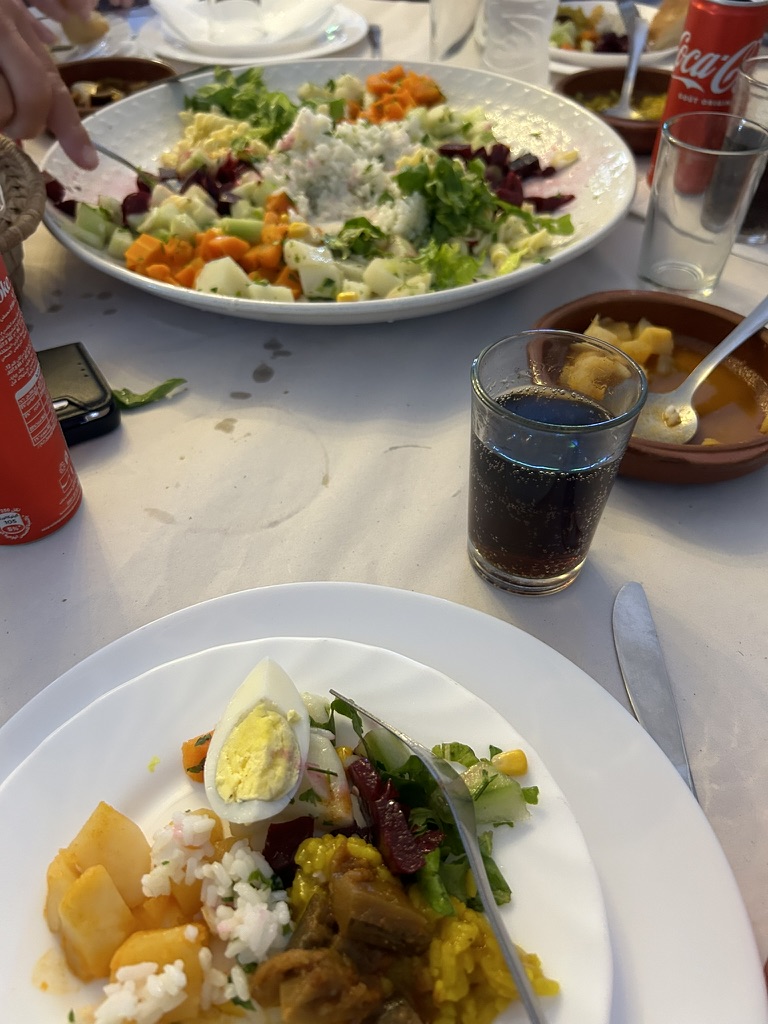




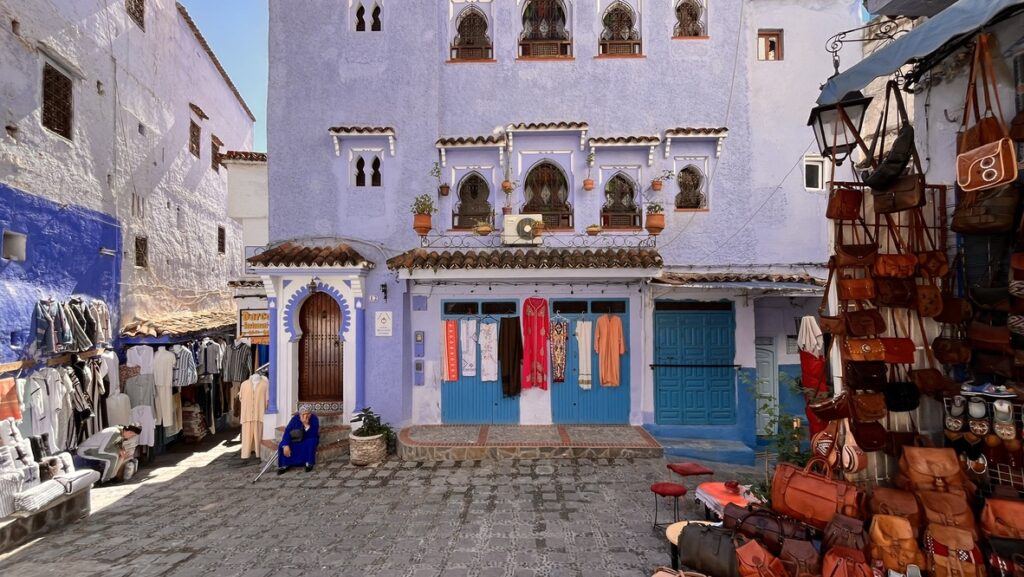


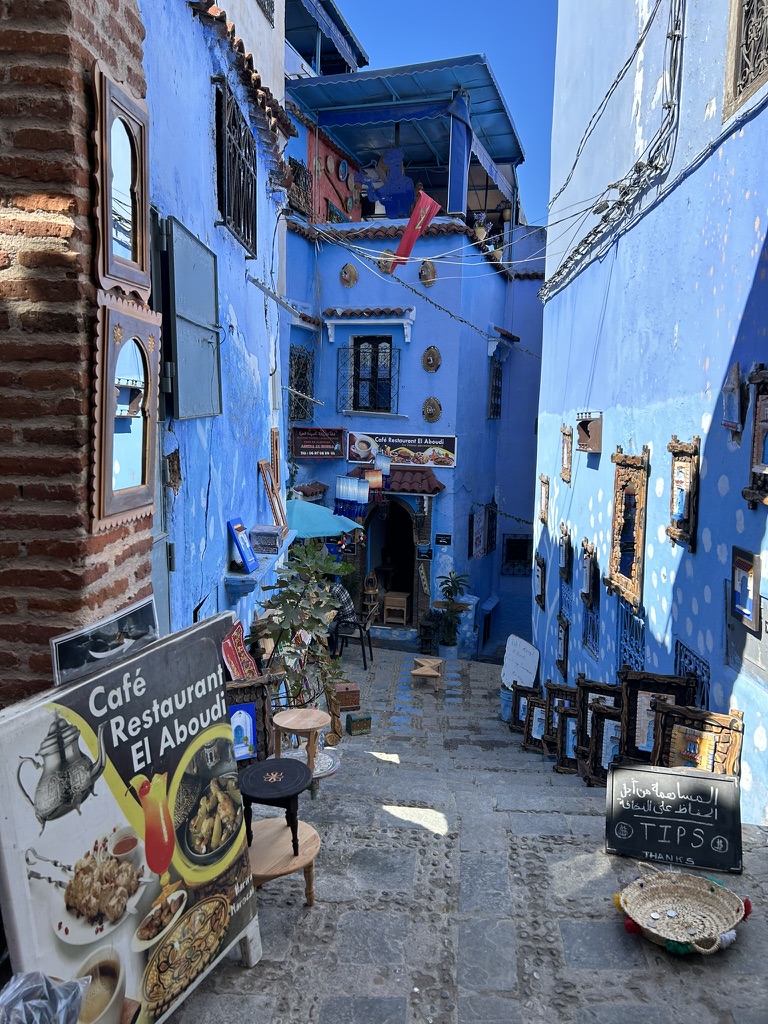


Sunday, 20th October: At Sea





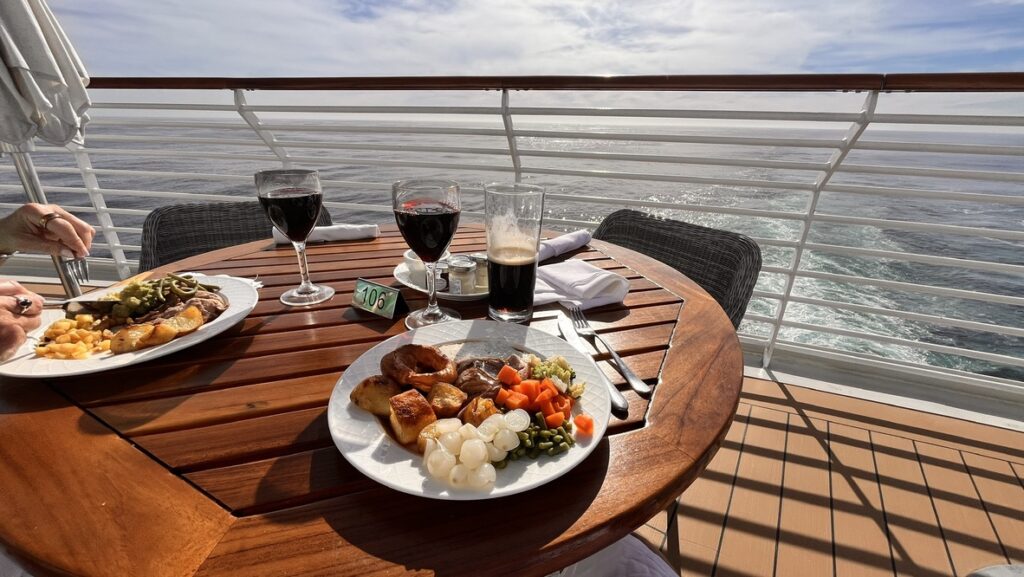





Monday, 21st October: At Sea
Tuesday, 22nd October: At Sea

Wednesday 23rd October: Portsmouth
Arrive 0730.
Disembark Spirit of Discovery after breakfast.